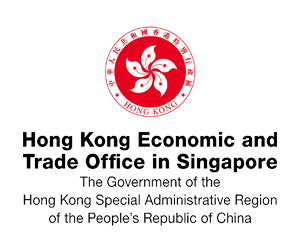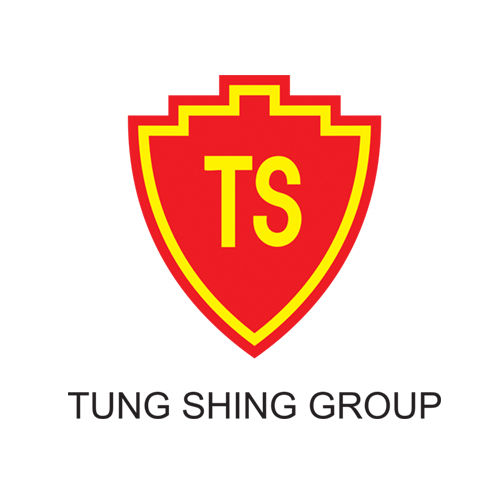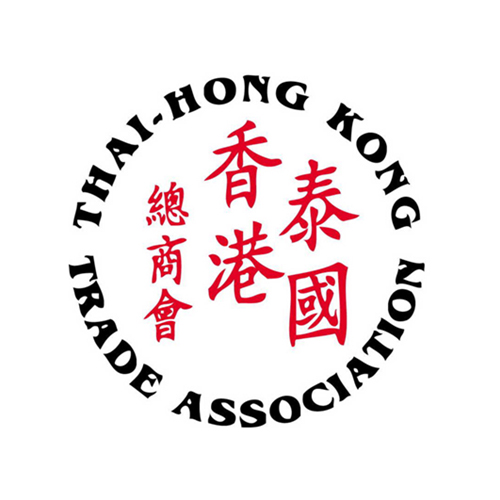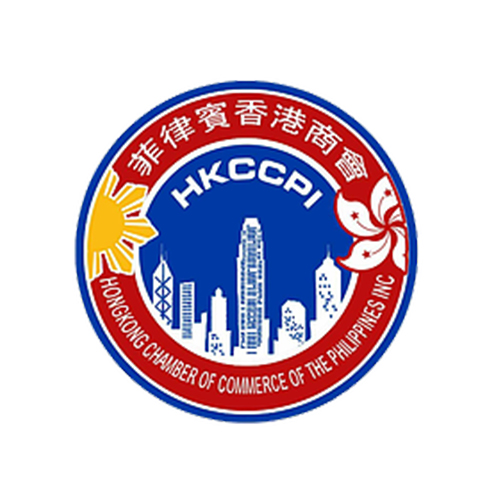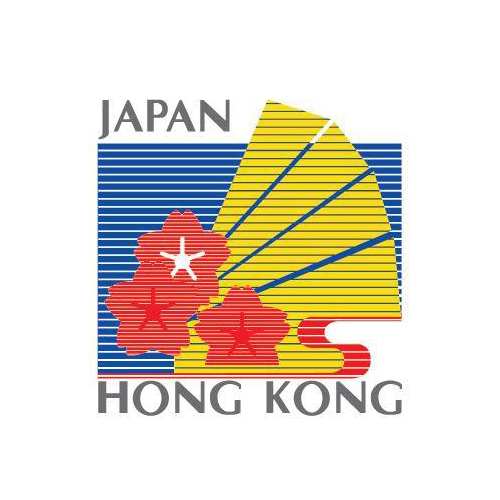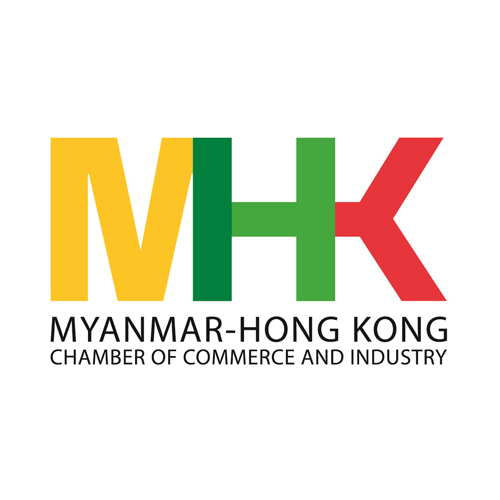Want to be in the loop?
subscribe to
our notification
Business News
TELECOMS SERVICE PROVIDERS INVEST IN 4G, 5G TECHNOLOGIES
Telecoms service providers in Việt Nam are investing in 4G and 5G mobile phone connectivity infrastructure at the same time.
The Ministry of Information and Communications (MIC) cited the Groupe Speciale Mobile Association (GSMA) and Ericsson as predicting that 4G will remain the dominant technology with the majority of subscribers, 55 per cent, to 2025. It will retain this position until 2028, with 50 per cent, and the proportion will gradually decrease when 5G starts to dominate.
Given this, after auctioning three frequency bands for telecoms service providers to deploy 4G and 5G networks, the MIC has continued to allocate the 880-915 MHz and 925-960 MHz frequency bands for these two technologies. Meanwhile, the 900Mhz band is licensed for four operators – Vietnamobile, VNPT, Viettel and MobiFone – to run 2G/3G/4G.
Minister of Information and Communications Nguyễn Mạnh Hùng said 2024 is a year of 5G commercialisation nationwide, but operators still have to invest in 4G infrastructure, which will be important for at least the next five years.
4G will still dominate from now to 2030, and it is not until at least 2029 that 5G could surpass 4G in terms of data traffic and subscribers, he said.
Concurrent investment in 5G and 4G
The 4G coverage of the Viettel Military Industry and Telecommunications Group now reaches more than 95 per cent of the population. Over the past year, the firm has installed 6,000 new 4G base stations, upgraded bandwidth, and increased the capacity of 53,000 other 4G stations, ensuring access to this network for over four million people in remote areas as 2G was shut down.
At present, the number of Viettel’s 4G stations accounts for about 40 per cent of such facilities across Việt Nam.
Viettel targets its 4G coverage equivalent to that of 2G, to about 98 per cent of the population, by 2025. It plans to build an additional 7,000 new 4G new stations in the time ahead while continuing to promote bandwidth and capacity of existing facilities to improve service quality as subscribers increase.
Nguyễn Thị Tâm, deputy general director of the Viettel Networks Corporation – a subsidiary of Viettel, said the firm is simultaneously working on 5G and 4G technologies. Previously, it reduced investment in 3G when developing 4G. However, Viettel will spend big on 4G as it still has a crucial role to play to counteract network challenges posed by the 2G shutdown in rural areas.
Likewise, the Việt Nam Posts and Telecommunications Group (VNPT) will keep investing in 4G alongside commercialising 5G and researching the 6G technology. It hopes to expand the 4G and 5G coverage to 98 per cent of the population by 2025, with a download speed of 40Mb/s for 4G and 100Mb/s for 5G.
Đỗ Mạnh Dũng, acting director of the individual customers division at VinaPhone – a subsidiary of VNPT, said the group has been striving to expand the 4G network since larger coverage will enable customers to access digital services.
The MobiFone Corporation is also set to build about 4,000 more 4G base stations next year to enlarge the network.
Nguyễn Đình Dũng, deputy head of the telecoms services division of MobiFone, noted the company identified investment in 4G as one of its tasks because the 2G network has been shut down, and if customers are unable to access 4G services, they will file complaints and even switch to other service providers.
Deputy Director of the MIC’s Authority of Telecommunications Nguyễn Phong Nha said that as 2G services close and 3G is about to follow the same roadmap, 4G is now the most important telecoms service network for providers. To ensure service quality and meet increasing consumer demand, they must continuously invest in 4G.
Source: VNS
Related News

GOLDEN DEAL, KNOCK-DOWN OFFER
Are you ready for a fun-filled family vacation. Don't miss the super attractive Family Staycation package at Becamex Hotel. 2 days 1 night package with full amenities and free activities: Buffet breakfast, Swimming, tennis, bicycle, gym, sauna, cool ice cream, 300.000 VND service voucher and many other offers! Contact now for detailed advice.

"BEARY CHRISTMAS" CHARITY PROGRAM
As the Festive Season approaches, Caravelle Saigon, in collaboration with VinaCapital Foundation (VCF), is bringing a heartwarming charitable initiative to life — and we are delighted to invite all HKBAV members to take part in the very first “Beary Christmas” Charity Program. By adopting a Caravelle Bear for VND 299,000 nett, you will be directly supporting children battling cancer in Vietnam through VCF’s Can-Care/Can-Clover Program.

SOILBUILD INTERNATIONAL WINS “BEST INDUSTRIAL DEVELOPMENT” AWARD FOR SPECTRUM NGHE AN AT THE PROPERTYGURU VIETNAM PROPERTY AWARDS 2025
Soilbuild International is pleased to announce that its project, Spectrum Nghe An, has been awarded Best Industrial Development at the PropertyGuru Vietnam Property Awards 2025, held on 24th of October 2025, in Ho Chi Minh City. The PropertyGuru Vietnam Property Awards is part of the prestigious PropertyGuru Asia Property Awards series, the largest and most respected real estate awards programme in Asia.

WEBINAR: 2025 VIETNAM KEY TAX FINALISATION, UPDATES ON TAX CHANGES AND GLOBAL MINIMUM TAX
Dear Valued Client,We would like to invite you to our webinars on Friday, 12 December 2025, and Tuesday, 16 December 2025, to review and learn about key 2025 tax finalisation topics and stay ahead with the latest tax changes.
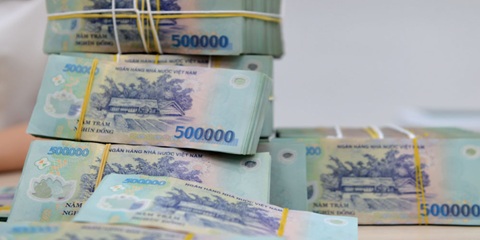
NEW ECONOMIC POLICIES EFFECTIVE THIS DECEMBER
Government Decree 304/2025, effective December 1, sets stricter conditions for seizing collateral, especially assets that are a borrower’s sole residence or essential work tools. In such cases, lenders must set aside a compensation amount equivalent to six to twelve months of minimum wage. The measure aims to improve transparency in bad debt handling and reduce credit risk in the banking system.

QUANG NINH TARGETS VND58 TRILLION IN TOURISM REVENUE
Quang Ninh Province is aiming to generate VND58 trillion in tourism revenue this year after surpassing its goal of 21 million visitors, driven by new tourism products, expanded nighttime activities, and large-scale events. As of mid-November 2025, Quang Ninh had welcomed 21.28 million visitors, up 12% year-on-year. Tourism revenue reached at least VND57 trillion, a 22.46% increase from the same period last year. With its visitor target achieved, the province is now pushing toward its revenue goal of VND58 trillion.
